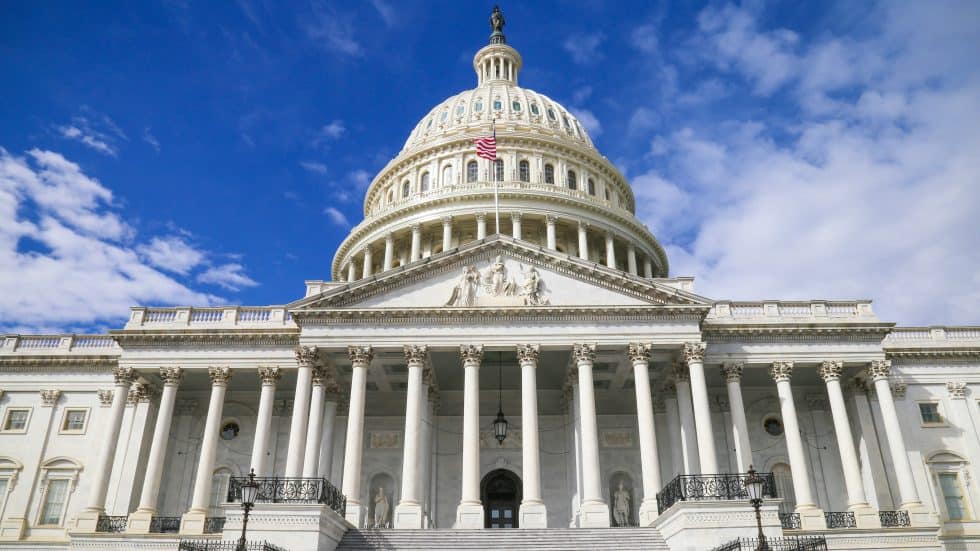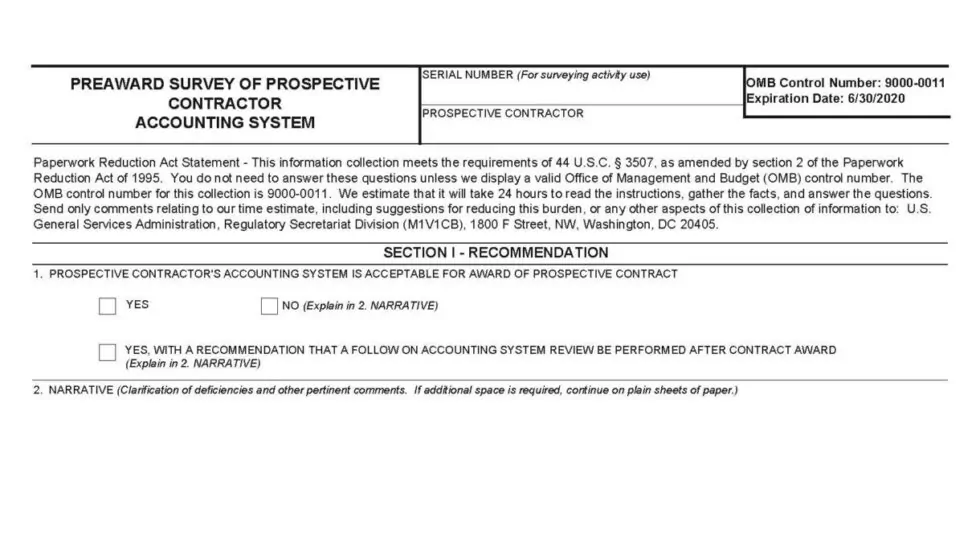As consultants and business advisors to companies in the government contracting arena, we are often asked by our clients: “How are we doing?” These clients are well aware of their profitability, their backlog, and the challenges that they face. What they want to know is how they compare with their competition and how they can improve as an entity. Companies do not operate in a vacuum, so it is not enough to compare their results between the current year and the prior year. They need to be able to measure themselves against their budgets and their competition. With the changing priorities within the government and the limited dollars being spent by government agencies, efficiently measuring performance is now more important than ever. It allows government contractors to make better strategic and operating decisions and as a result be more competitive on bids.
Financial metrics that government contractors should monitor:
- Current Ratio – Current assets divided by current liabilities. It measures the company’s ability to pay liabilities as they become due. The larger the ratio, the stronger the financial position of the company.
- Days Sales in Receivables – This ratio is calculated by taking 365 and dividing that amount by revenue divided by average contract receivables. It measures the average amount of days it takes the company to collect the receivable once it has been billed.
- Wrap Rate – This rate tells the contractor how much fringe, overhead and general and administrative costs are being spent for each direct labor dollar being incurred. This rate is crucial because it is often used to determine the prices the company charges when submitting proposals.
- Labor Utilization Rate – There are different methods for calculating this rate, but it essentially measures the percentage of direct labor to total labor. This percentage measures the efficiency of the workforce and the appropriateness of the staffing levels.
- Proposal Win Rate – This rate measure the company’s success rate when submitting proposals. Too high a win rate might indicate the company undervaluing its services, or too low a win rate might indicate the company’s cost structure is not competitive. The company might also want to measure this rate based upon the size of the contract or type of work being proposed.
These metrics will gauge a government contractor’s performance and should be compared to industry averages. These averages can vary greatly based upon the sector the company operates within as well as the make-up of the employee base.
The Bottom Line?
For a company to achieve its long-term and short-term goals, results must be monitored, used as a tool to improve the decision making process, and hold employees accountable. For a further discussion on these and other metrics, please send us a message, and we’ll set up a time to talk with you.
Stephen G. Dasher, CPA
In addition to being a partner in the firm, Steve Dasher is also the firm’s quality control shareholder. He has over 25 years’ experience working with closely-held government contracting businesses specializing in growth, development, performance, and strategic planning. Steve’s consultative services have included interfacing with various government audit agencies during compliance audits for government contractors and assistance with indirect rate development required for proposals by government contractors, mergers and acquisitions.



